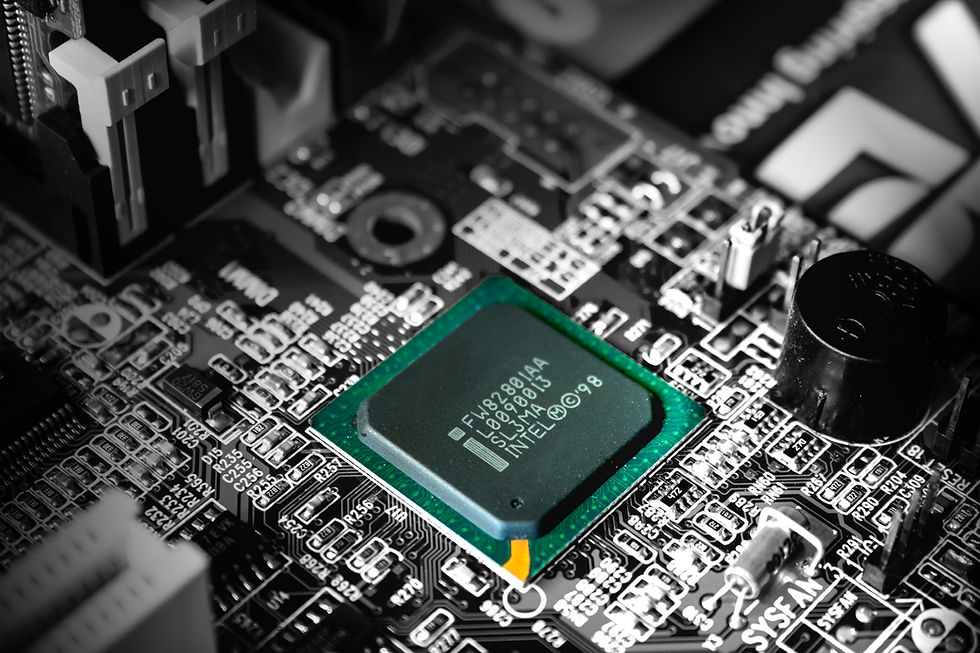Generative AI and the future of work
- Mako Muzenda

- 17. März 2023
- 3 Min. Lesezeit


The creation of ChatGPT in November 2022 sparked global interest. The chatbot developed by OpenAI has impressed its users with its responsiveness, generating responses by drawing on data from text-based sources on the Internet, and runs on GPT-3, OpenAI’s language processing AI model. ChatGPT follows OpenAI’s first generative AI offering DALL-E 2, which uses image-based data to create images based on simple prompts. OpenAI’s recent launch of GPT-4 and is the company’s most advanced generative AI system.
ChatGPT and DALL-E 2 are just the latest chapters in the story of artificial intelligence and machine learning. Although their uses have largely been casual (OpenAI is rolling out a ChatGPT-Pro subscription plan with a wider range of benefits), their popularity and questions about the ethics of their usage connects to ongoing concerns about artificial intelligence and the future of work. Much of this conversation has focused on AI as an automation technology. Generative AI is slightly different. Where automation AI focuses on automating tasks usually conducted by humans (such as smart assistants and the Internet of Things), generative AI uses deep learning tools to generate various forms of content. According to a 2021 OECD Working Paper titled ‘The impact of Artificial Intelligence on the labour market: What do we know so far?’, AI as a general purpose technology “is associated with much larger potential for output and welfare gains” and “could generate entirely new industries and create a myriad of new jobs.”
The race is on for the generative AI market. Microsoft announced in February that it would integrate AI into Bing, with the latest development seeing Microsoft Edge browser having a Bing AI chatbot sidebar. Google recently announced its integration of generative AI tools into Google Cloud, aimed at “empowering developers to responsibly build with enterprise-level safety, security, and privacy.” Salesforce also launched Einstein GPT, a $250 million chatbot touted as the first of its kind for customer relationship management.
Generative AI is clearly a growing business, and it’s expanding into other sectors. McKinsey estimates that generative AI could add between $150 and $275 billion to the apparel, fashion, and luxury sectors. As the report explains: “Generative AI is not just automation —it’s about augmentation and acceleration. Generative AI creates new information by leveraging foundation models, which are deep learning models that can handle multiple complex tasks at the same time.” By enhancing pre-existing processes, generative AI can integrate itself into daily life for casual users and business models for corporations and start-ups.
Although generative AI is getting more and more attention and investment, it is still in an experimental phase, in the process of figuring out how best it can be integrated into industry and business. Generative AI and its different uses are in line with digitalisation and virtualisation, the key tenets of Ghazan Global’s work and investment portfolio.
REFEFERENCES:
Agrawal, A., Gans, J. S., & Goldfarb, A. (2019). Artificial Intelligence: The Ambiguous Labor Market Impact of Automating Prediction. The Journal of Economic Perspectives, 33(2), 31–50. https://www.jstor.org/stable/26621238
Harreis, H., Koullias, T., Roberts, R., & Te, K. (2023, March 08). Generative AI: Unlocking the Future of Fashion. Retrieved March 16, 2023, from https://www.mckinsey.com/industries/retail/our-insights/generative-ai-unlocking-the-future-of-fashion
Lane, M. and A. Saint-Martin (2021), "The impact of Artificial Intelligence on the labour market: What do we know so far?", OECD Social, Employment and Migration Working Papers, No. 256, OECD Publishing, Paris, https://doi.org/10.1787/7c895724-en.





Kommentare